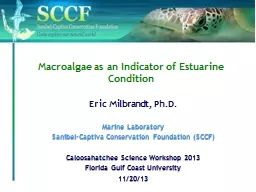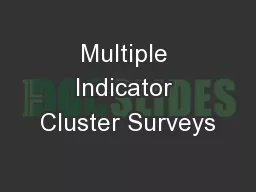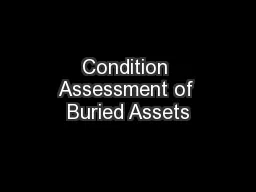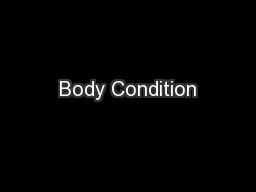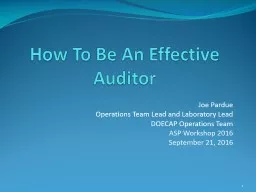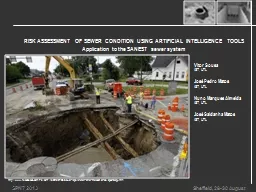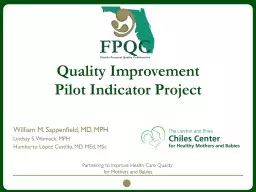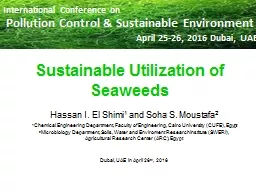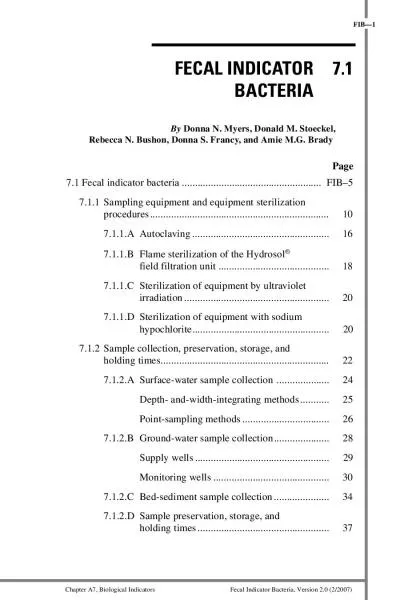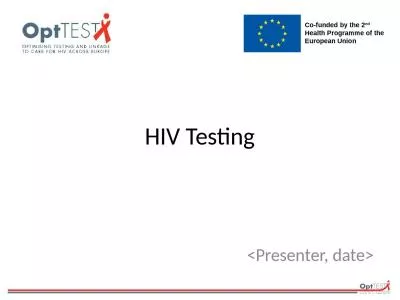PPT-Macroalgae as an Indicator of Estuarine Condition
Author : conchita-marotz | Published Date : 2016-07-22
Eric Milbrandt PhD Marine Laboratory SanibelCaptiva Conservation Foundation SCCF Caloosahatchee Science Workshop 2013 Florida Gulf Coast University 112013 Background
Presentation Embed Code
Download Presentation
Download Presentation The PPT/PDF document "Macroalgae as an Indicator of Estuarine ..." is the property of its rightful owner. Permission is granted to download and print the materials on this website for personal, non-commercial use only, and to display it on your personal computer provided you do not modify the materials and that you retain all copyright notices contained in the materials. By downloading content from our website, you accept the terms of this agreement.
Macroalgae as an Indicator of Estuarine Condition: Transcript
Download Rules Of Document
"Macroalgae as an Indicator of Estuarine Condition"The content belongs to its owner. You may download and print it for personal use, without modification, and keep all copyright notices. By downloading, you agree to these terms.
Related Documents

